The best resume format for any job seeker is the one that highlights their strengths and makes up for any weaknesses or gaps in their skills or professional experience. While there are countless resume layouts and designs, there are three major resume formats widely used today. They are:
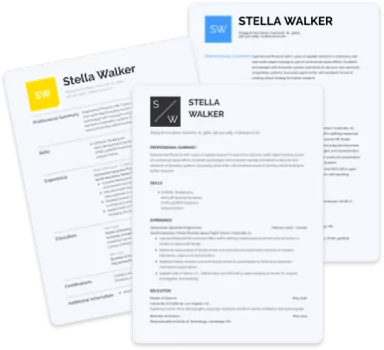
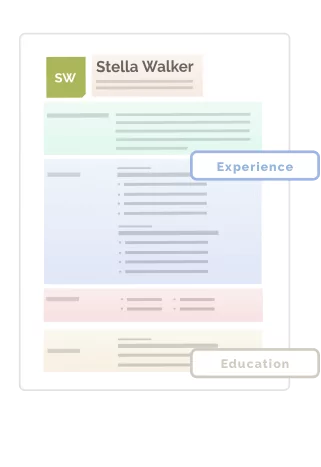
A chronological resume format is the most commonly used format.
A chronological resume is one that focuses on a job seeker's work history, presenting it in reverse-chronological order. If you choose this format, your professional experience will be at the top of the page, under the resume summary and header, and will take up the majority of the page. This format is best used by people who have a lot of professional experience and consistent work history.
If you have any gaps in your employment or a small amount of experience, this format may not be right for you. Of course, you can also list internships or volunteer experience if they are relevant to the job title you are applying for. This may make up for employment gaps or limitations.
Though more work experience is generally better, there are some limits as to how much work history you should list on your resume. You should consult the job posting to see how much is requested.
The functional resume format has gained popularity recently because it is more forgiving when it comes to limited or patchy work history. This resume format focuses on a job seeker’s skills and certifications rather than professional experience.
If you choose this resume format your skills section will be at the top of the page. Although this format allows more space for relevant skills, you should still hone in on the specific skills that are best for the job.
This format is best for those who are undergoing a career change or who have a short or inconsistent employment history. As in the chronological format, a functional resume will have a brief education section.
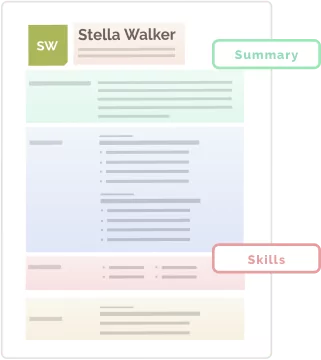
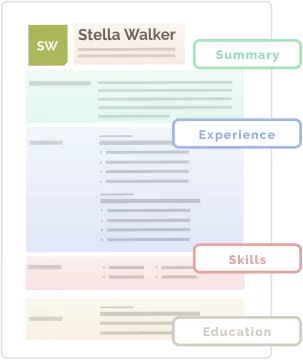
As the name suggests, a combination resume format combines elements of the other two resume formats to create a balanced resume. A combination resume puts equal focus on work history and skills but is particularly concerned with transferable skills that are widely useful.
This resume format is good for job seekers who have a mixed employment history and skill set that might not be specifically targeted for one role. This resume format leaves the least space for additional sections, so it is not always good for those who have supplementary experience and skills to list.
Whichever type of resume format you choose, there is some basic information that should be included in any resume, no matter the job description. Your resume should include:
In essence, a resume is a snapshot of your career progression thus far and its purpose is to show recruiters why you are the right person for a specific job title. This is why it is important to get it right.
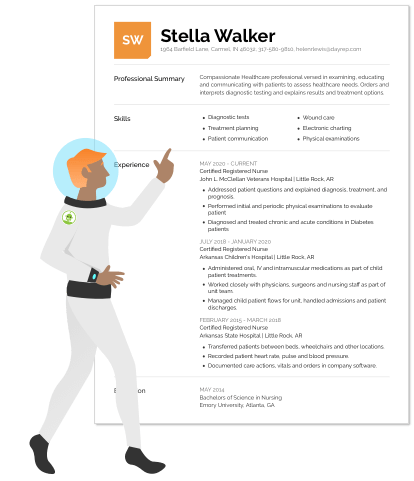
The ability to choose the right resume format quickly is a matter of experience. But there are a few ways you can determine whether a chronological, combination or functional format is best for you. Assess your skills and work history to pinpoint strengths you want to highlight, and then determine whether these strengths are related to your skills or experiences. This will determine which format is best for you. For example, if your most recent job is not relevant to the job description you are applying for, a chronological format may not be best for you. Career changers will find that the best format for them is one that showcases their skills.
Of course, you can always use a resume builder or resume templates to create a resume in each format for your consideration. This can be very helpful in showing which is the best format to help you get a new job. Ask friends, family members or someone in your industry to check these resume examples and give feedback to increase your chance of making a good impression.
Although there may be other ways to construct a resume, these common resume formats have been proven to work well, so it’s best to stick with them.
If you are concerned about the applicant tracking systems (ATS), a chronological resume format may be best for you as this format is very ATS-friendly. If you favor a combination resume or functional format, however, make sure you don’t gussy up your layout too much with fancy graphics, and focus on the right keywords in the resume that fit the job description, and make your resume more ATS-friendly.
No, a cover letter will have its own format. Just focus on tailoring your cover letter content to fit the job description and go for a layout design that complements with your resume design.